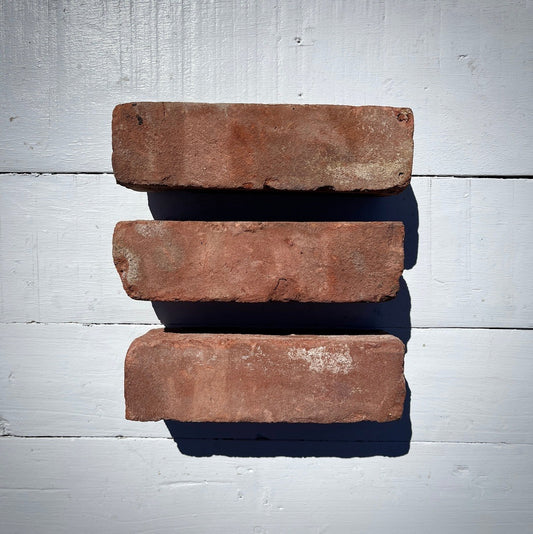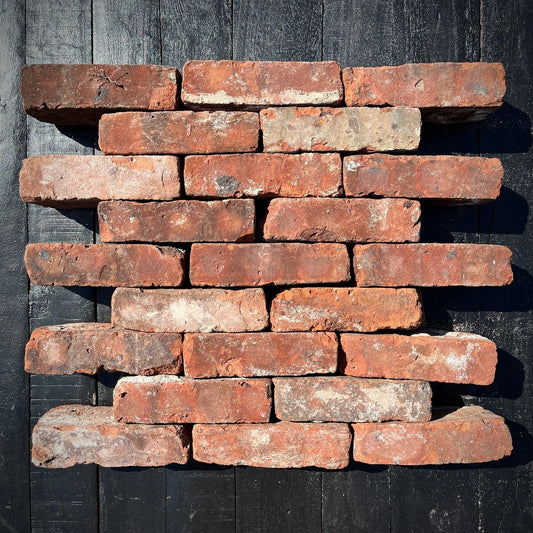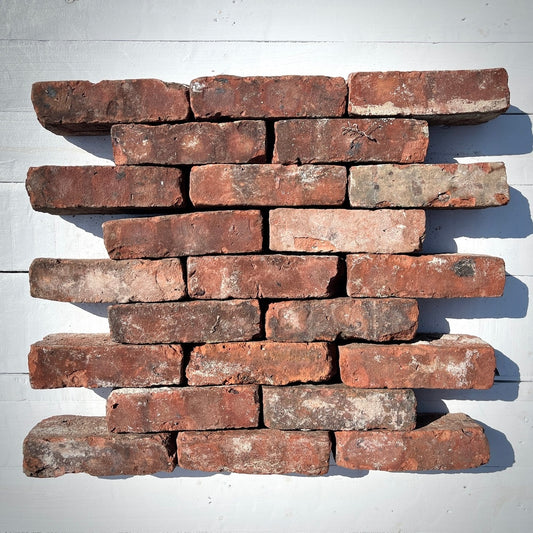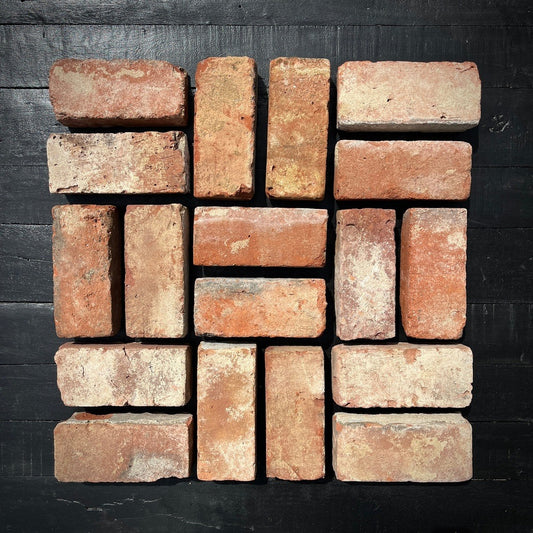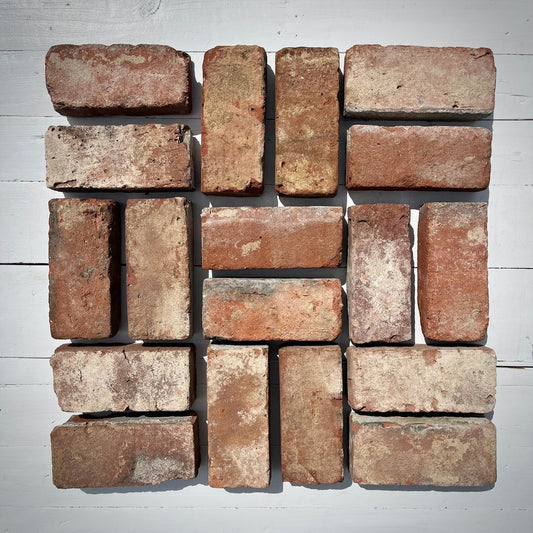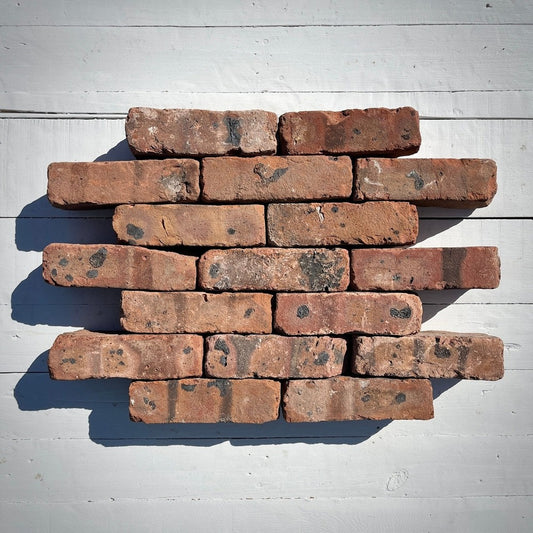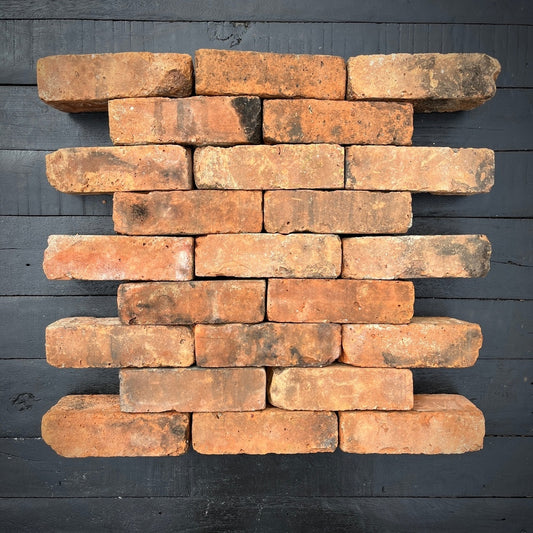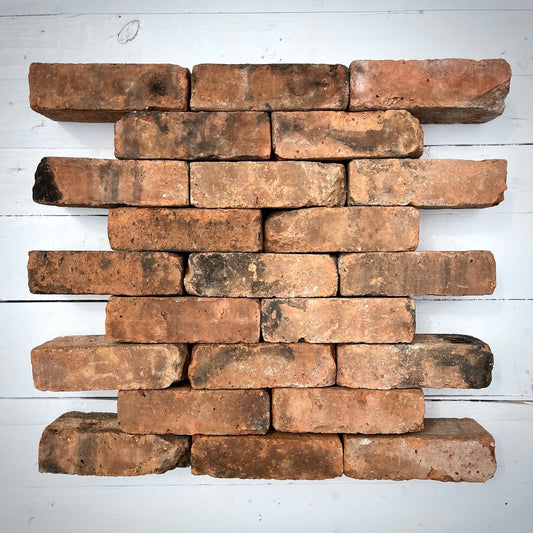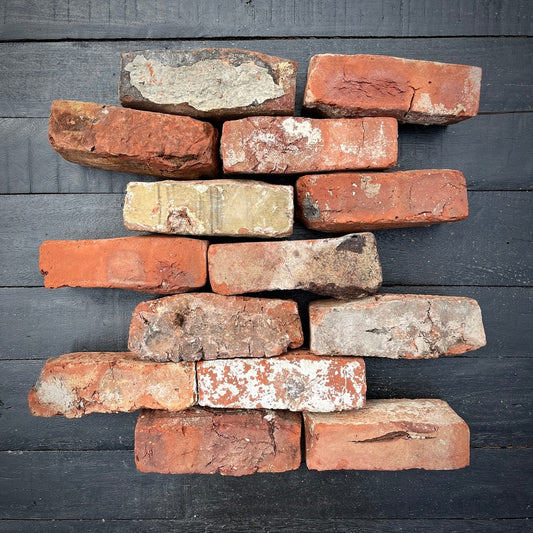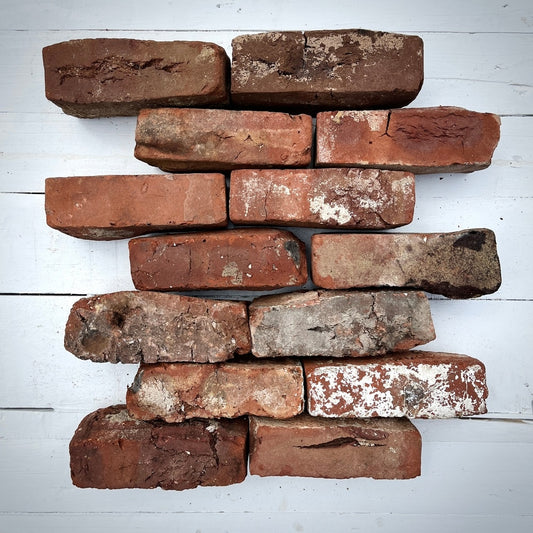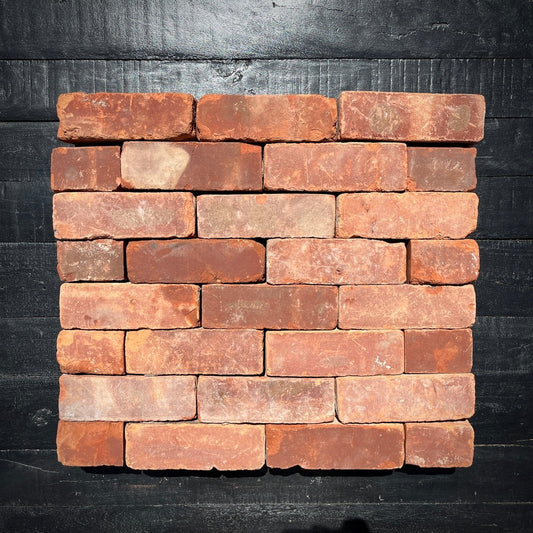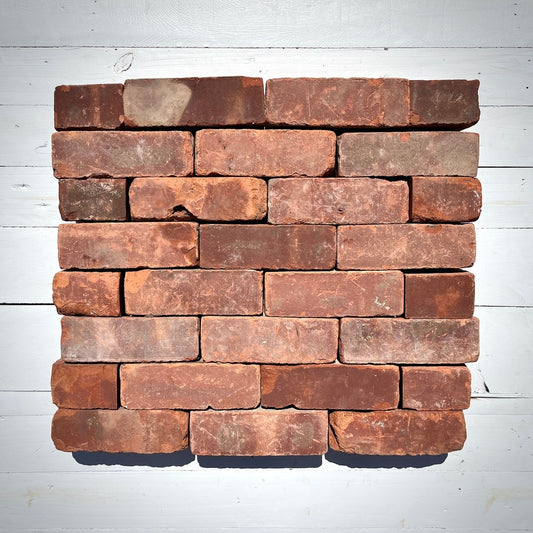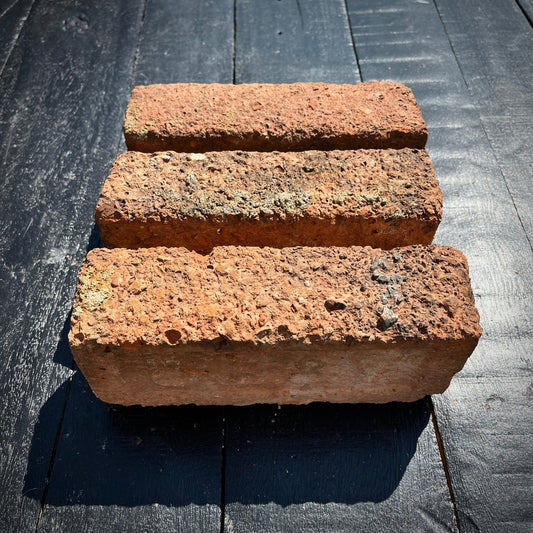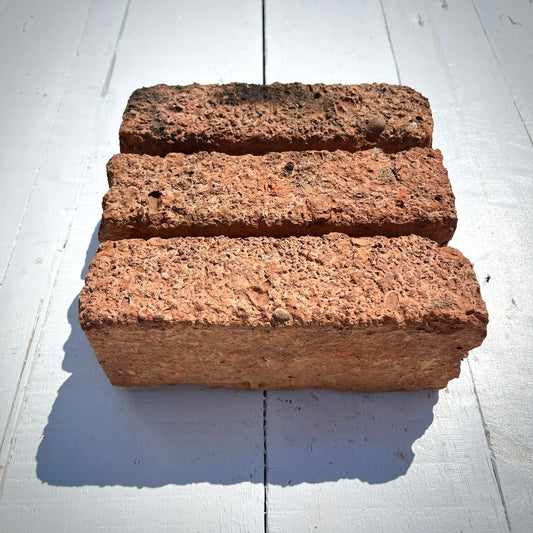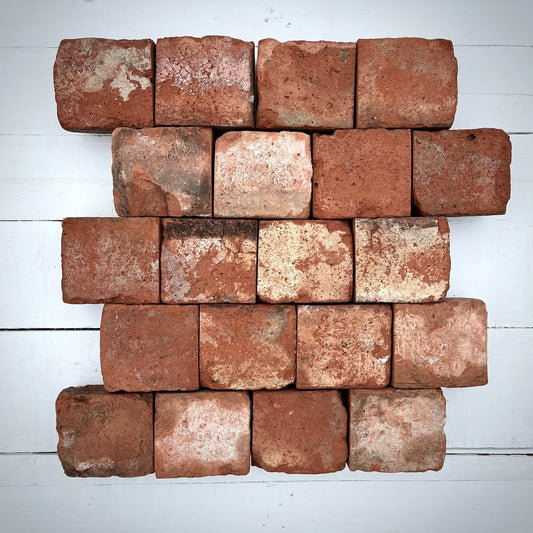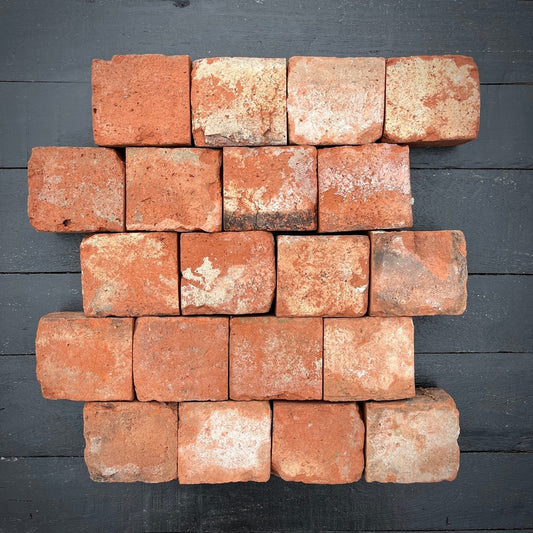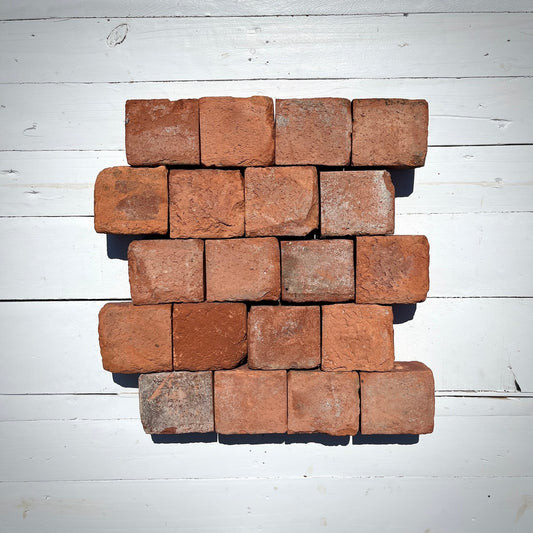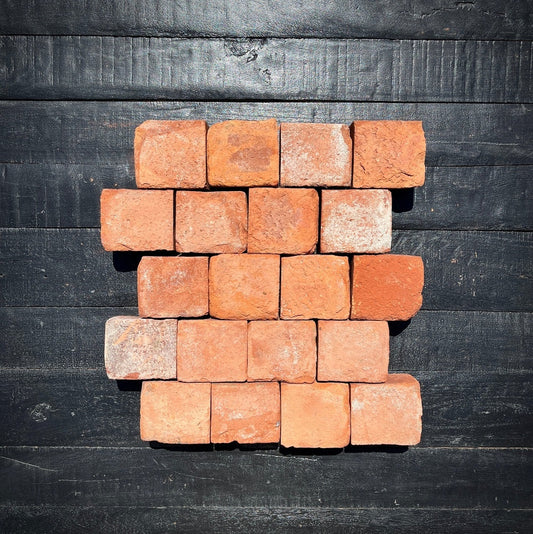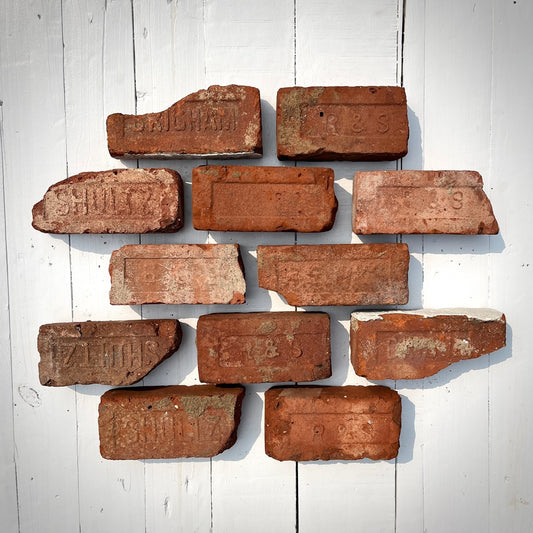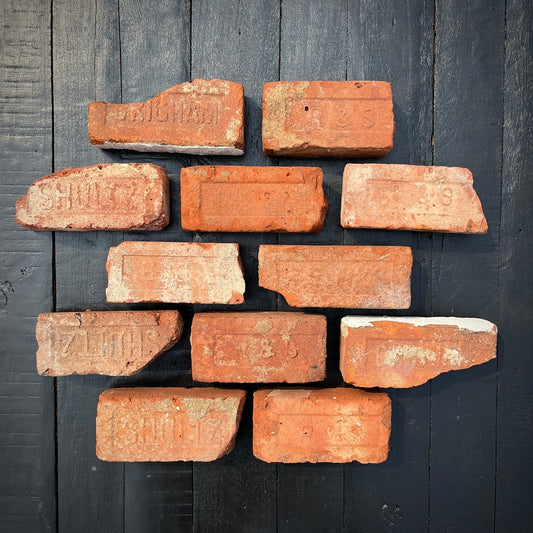Brickmaking has long been associated with the sweat and labor of men, but hidden within this history is the often-overlooked role of women who contributed to the industry in ways both direct and indirect.
A recent article by Luke Spaltro on the Haverstraw Brick Museum's website, titled "BrickTalk: Women & The Brickyards," sheds light on the women who navigated the rigid societal constraints of the 18th to early 20th centuries to carve out a place in the workforce. Read the full article.
The Historical Constraints on Women’s Labor
During the peak years of brick production in Haverstraw, societal norms were stacked against women’s participation in industrial labor. The "Cult of Domesticity" promoted the idea that women’s roles were confined to home and family, while the legal doctrine of "Coverture" meant that married women had no separate legal identity from their husbands. This left them economically dependent and often excluded from official employment records.
Despite these restrictions, women in Haverstraw and beyond found ways to support themselves and their families. Many took on roles as domestic workers, laundresses, and caretakers—often serving the very brick barons and workers who fueled the industry. Advertisements from local newspapers in the 19th century frequently sought women for housekeeping and child-rearing, reflecting the economic demand for their labor, albeit in the shadows of the brick industry.
Breaking Barriers: Women Entering the Workforce
The Married Women's Property Act of 1848 marked a turning point, allowing women greater financial independence. This legal shift, combined with industrialization, began to open more opportunities for women in sectors like manufacturing and commerce. However, records specifically detailing women working in the brickyards are scarce, hinting at the need for further research into their exact roles.
One known example of women’s involvement in the brickyards is through family-run operations, where they often assisted in bookkeeping, managing supplies, and sometimes even physical labor. Oral histories from descendants of brickmakers suggest that in times of labor shortages—such as during wartime—women were called upon to help in roles traditionally reserved for men, such as sorting bricks, overseeing kiln operations, and transporting materials.
Women of Color and the Triple Burden
For Black and Brown women, opportunities in any industry were even more limited due to the compounded effects of gender, race, and class discrimination. Segregation laws and systemic barriers kept many women of color from securing stable employment in industrial jobs. Instead, they were often relegated to the lowest-paying positions in domestic work or agriculture. Despite these hurdles, their contributions to the local economy and the survival of working-class families were significant.
The Need for More Research
The Haverstraw Brick Museum’s article makes an important case for further research into the role of women in the brick industry. While written records may be scarce, oral histories and community engagement may help unearth more stories of resilience and labor contributions from women who have been largely left out of history books.
Honoring the Past
At Chief Bricks, we deeply appreciate the rich history of the brick industry and the many hands that shaped it—both seen and unseen. The story of women in the brickyards is a testament to resilience and the quiet but crucial roles they played in building communities. As we continue to reclaim and repurpose historical materials, we also strive to reclaim the stories of those who made this industry possible.
To read Luke Spaltro’s full article and explore more about Haverstraw’s brickmaking heritage, visit the Haverstraw Brick Museum’s website.
About the author
Alkis Valentin is the founder of Chief Bricks and a specialist in reclaimed brick, cobblestone, and natural stone for high-end residential and landscape projects nationwide.



